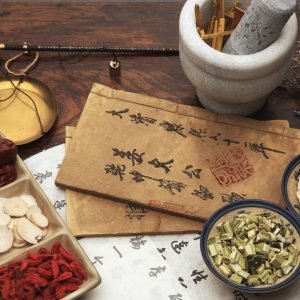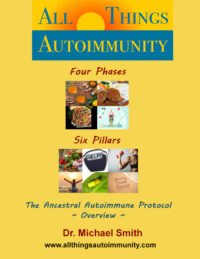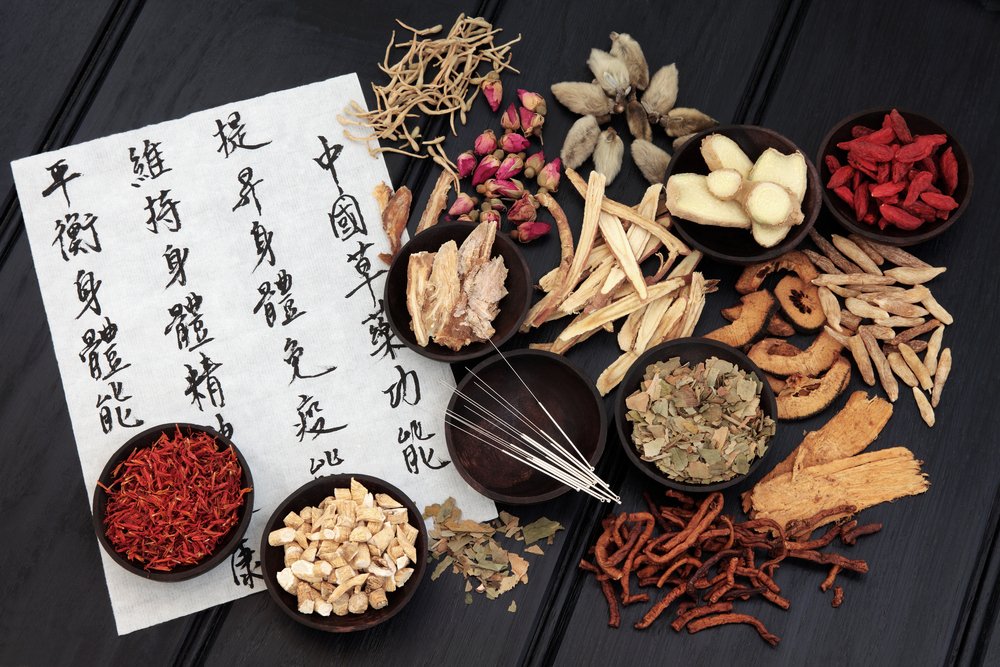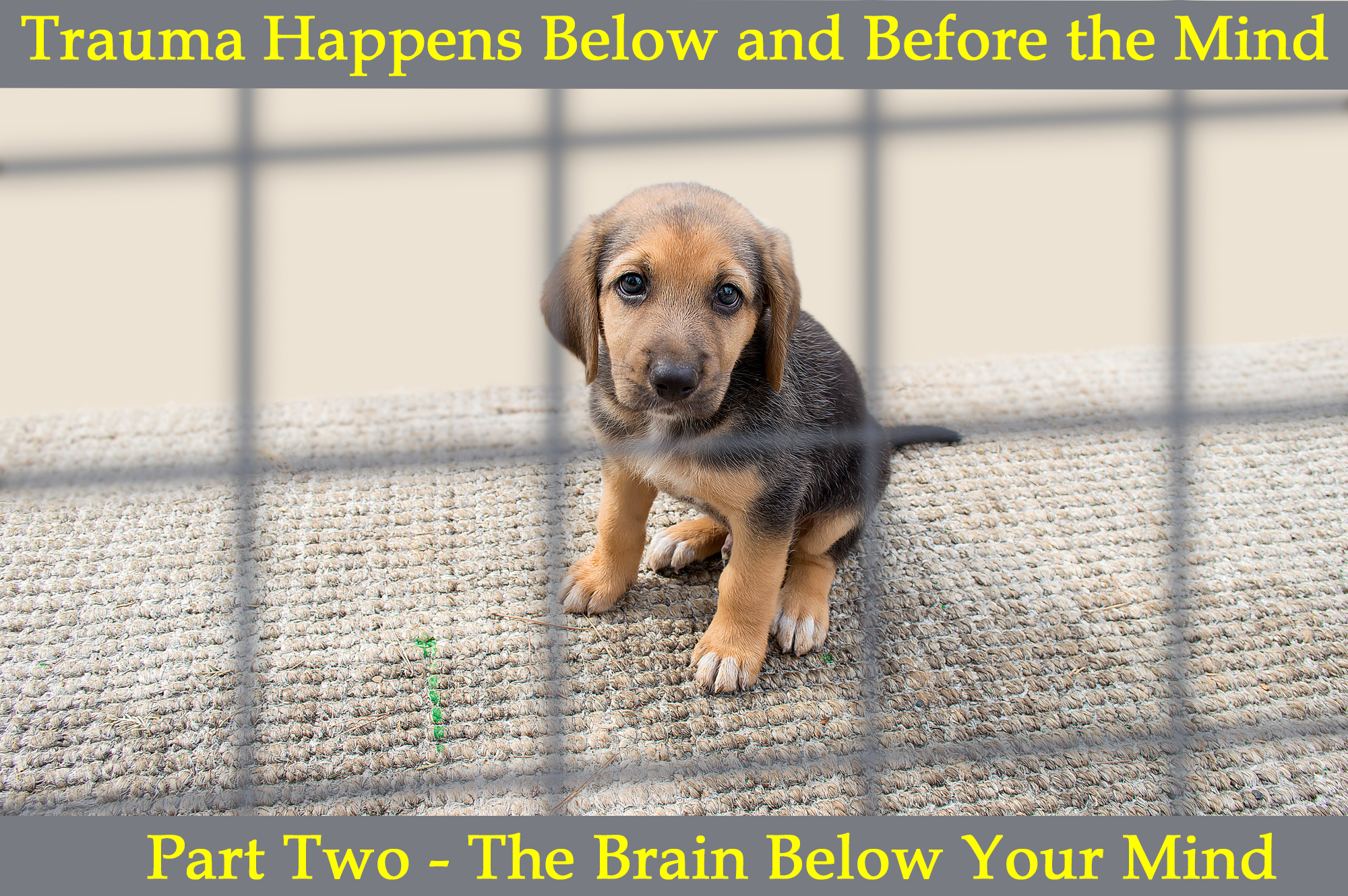Sometimes, Context is Everything
Traditional Chinese medicine began with the indigenous people of Asia over 5,000 years ago. Because this ancient form of healing is so rooted in seasonal and weather focused terminology, Chinese medicine is misinterpreted as unscientific or even as superstitious.
In my experience, any confusion is based on cultural assumptions. Ancient languages focus on the subtle dynamics of interactions in the world. Modern languages focus on objects, measurements, and economic value. Any ancient science is going to rely on subjective qualities and associations, while modern science can only rely on measurement and unquestionable causes – until other causes are shown to be the actual unquestionable cause.
I prefer a good balance of both.
Most people’s lives are personal, subtle, subjective and full of unconscious and conscious experiences and choices. Each of us is living in our own reality, with our unique sense of meaning, and responding to the world based on our individual past.

Clinically, this is referred to as a patient’s personal context.
In Traditional Chinese medicine, context is everything. How a person lives their life, what matters to them, how their childhood informed them about who they are in the world are just as important as their labtest results.
If Chinese medicine could be decoded into a sentence it would be, ‘Assess the patient’s orientation to their environment and support them in reorienting to their life in a more balanced and healthy way.’ Sometimes that is altering the way their immune system is responding to a threat, or keeping their stress hormones from physically damaging their brain, other times it is about shifting one’s perspective about what is important in a healthy relationship, and sometimes it is a simple as eat better, get more exercise and learn to meditate.
Both ancient and modern science have been evaluating the same world.
Historically, Traditional Chinese medicine (TCM) only has two descriptions of Autoimmunity. The Huang Di Nei Jing, the ancient classic text of internal medicine written 2,200 years ago, describes Autoimmunity as a dysfunctional marriage between two characteristics of chronic disease, and/or is due to pathogens that are hidden or latent in your body for many years.
There are many characteristics and influences in TCM that either cause diseases or throw your body out of balance. For this discussion, I want to introduce you to the concepts of Xu (lack of resources and weakened responses) and Shi (overconsumption and overreactions).
If you are deficient in iron, Vitamin B12 and a few other nutrients you will become tired, wired and moody. Over time, you will develop Anemia or another form of critical malnutrition. That is a classical Deficiency – Xu pattern of progress.
If you are bitten by something bad and you get a severe infection, you will see swelling, redness, fever, severe pain, profuse sweating, vomiting, and other possible symptoms. Over time, you will fight the infection and win, or your body will break down and consume itself during the battle. This is a classic Excess – Shi pattern of progress.
Autoimmunity is understood to be an erratic and destructive argument between Xu and Shi.
Like a bad marriage!
In Traditional Chinese medicine, when we look at most internal organs, we look at three qualities (not quantities).
If I were to evaluate your liver, I would begin with an assessment of your Liver’s Yin, Yang, and Qi qualities. From a modern perspective, Yin relates to structural integrity and nutrient storage, Yang relates to metabolic regulation and potency, while Qi qualifies the circulatory health of your liver and its capacity to communicate with the rest of your body.
That statement profoundly oversimplifies many aspects of TCM, but it may give you something tangible to relate to as I get a little deeper into how Chinese medicine understands complex Autoimmune Disease.
A Very Common Case study
Imagine a person who has a lot going on. They use coffee and sugar to get going and alcohol to get some sleep. In TCM this creates a Shi – pattern of progress. Caffeine (Feng/Wind), sugar (Shi/Dampness), and Alcohol (Tan/Phlegm) are all considered erosive influences (Xie Qi). In combination they all overstimulate the Yang of the Liver, congest the Pancreas/Spleen with Dampness and gradually weaken the Yin of the Stomach and Intestines.
Over time, the Yin aspect of their Liver, Stomach, and Intestines will become severely deficient. Our patient’s symptoms will change and the time it takes to bounce back from a rough week will keep getting longer. A Xu Pattern.
Then they get an ulcer. They have acute pain and are vomiting blood. A Shi Pattern.
Then they get a leaky gut (permeable intestinal wall). The chronic low-grade infection makes them exhausted. Now, if they overdo it in any way or life gets stressful, they have night sweats. A Xu Pattern.
Over time, their immune system picks an enemy and goes to war with something else. Usually presenting as an acute flare-up of an Autoimmune Disease.
A mixed Xu/Deficiency and Shi/Acute Pattern of Progress.

This situation could happen a thousand different ways. The reason that this is important is progress and treatment. TCM doesn’t treat diseases, we treat patterns of progress. When a patient’s immune system is in a dysfunctional marriage with the rest of their body, their choices matter. If you are a patient or a clinician, don’t get distracted by the diagnosis, focus on the present quality of progress.
An Immunology Example
An example of this underactive/overactive behaviour can be seen within your immune system. Especially if you experience chronic distress for a significant amount of time.
Your immune system has many strategies and processes that are mediated or driven by different immune cells, antibodies, and autoantibodies. They are often referred to as pathways.
Let me introduce you to your TH1, TH2, TH3, and TH17 immune pathways.
I recommend reading the Autoimmunity and Functional medicine article first if you are not a clinician.
The TH1 pathway guides your immune system to go after viruses and bacteria inside your cells. This pathway creates inflammation inside of infected or unrecognizable cells and is mostly associated with organ-specific diseases.
The TH2 pathway guides your immune system after bacteria, toxins and allergens outside of your cells. Increased activity directs your local blood and your lymphatic supply to expand and allow immune cells to move through membranes and artery walls. This is responsible for the histamine (red, itchy and swollen) response associated with an allergic reaction.
If the TH1 pathway becomes dominant, your B-Cells can be suppressed, which is bad. If the TH2 pathway becomes dominant your B-Cells can be more aggressive, which is also bad. The ideal state is a natural and consistent fluctuation between these directions. (See TH3 below)
If you are in a chronic state of distress because your family is struggling, or you can’t sleep, or you have Fibromyalgia, your body will be running on higher adrenaline and cortisol. Chronic high cortisol levels suppress the TH1 pathway and can aggravate the TH2 pathway. That means the immunity inside of your cells is underactive and your body is likely to have a more aggressive allergic or inflammatory response. Cellular immunity has a massive impact on energy production and epigenetic dysfunction. Overly aggressive immune responses tend to make people more impatient and aggressive.
In Chinese medicine, this could be described as a Xu pattern of your TH1 pathway and a Shi pattern of your TH2 pathway, leading to internal stagnation, heat and wind.
People often live like this for years. Eventually, they burn out or they find the resources and insight to approach their life in a more balanced way.
When people finally stop because they have to, or because they choose to, their immune system can over-correct. If your TH1 – inside your cell’s pathway – has been sluggish for a few years, it may come back to full strength in a hurry and with a vengeance. This can go very badly if your immune system remembers the last few years like a bad marriage.
Your TH3 pathway is actually called your T-Regulatory Pathway and, as the name suggests, exerts a regulatory function between your TH1 and TH2 pathways. This is always my first concern with my patients. Before any aggressive treatment (Xu or Shi), I recommend focusing on immune modulation.
Why Immune Regulation Matters
There is also a TH17 pathway. It has mostly to do with the intensity and rate of immune reactions. When the TH17 pathway takes charge, your body experiences something called a Cytokine storm; which can look like a sudden infection or a severe flare-up of something chronic. These immune system storms are very expensive for your nutrient reserves and are very taxing to your immune system.
These Cytokine storms are most likely to occur with acute stress and when the dominance of your TH1 and TH2 pathways switches. Which is almost impossible to predict but can make sense of an unexpected change in symptoms.
Latent Pathogens (Fu Xie)
One of the triggers for a Cytokine storm is the build-up of bacteria or other pathogens when immunity is low. As your TH2 pathway hands control back over to your TH1 pathway, certain cells may have an internal bacterial overgrowth. If this happens in your skin, you may have a flare-up of cellulitis the size of a coin. If your TH1 and TH2 pathways have been in a bad marriage, your TH3 pathway can’t keep the peace and your TH17 pathway is looking for any excuse – your Cellulitis flare-up could cover your leg.
In Chinese medicine, we describe these phenomena as Fu Xie, latent or hidden pathogenic processes. The more chronic a condition, the more likely a flare-up is due to Fu Xie. The more illness a person had as a child the more likely they are to experience Fu Xie in old age. Because TCM focuses on qualitative interactions, it is difficult to give you a clear and useful example.
So, here are two that are hard to forget.
A Modern Autoimmune Example – PANDAS
Pediatric Autoimmune Neuropsychiatric Disorder Associated with Streptococcus (PANDAS) is a sudden, rapid-onset behavioural disorder in young children. Children can present with symptoms of obsessive and compulsive behaviour, as well as possible movement or tic abnormalities, following a Group A Streptococcus Pyogenes infection.
This condition is still a “hypothesis” in some circles. Research suggests that the neurological changes are due to auto-antibodies mistakenly attacking the basal ganglia, rather than the underlying infection. Research has also shown that an Autoimmune response to the antibodies produced during a mononucleosis infection, the biotoxins of Lyme disease, and the H1N1 flu virus, can all induce another neurological condition in children known as Pediatric Acute-onset Neuropsychiatric Syndrome (PANS).
These conditions ALWAYS worsen during a Cytokine storm. The immune response to the pathogens is to make antibodies. If there is poor immune TH3 self-regulation, the production of self-attacking or Auto-antibodies goes up. The more Cytokine Storms, the more Auto-antibodies.
I use this as an example of Fu Xie because of the argument between each child’s immune system pathways, the pathogen, the antibodies, the auto-antibodies, immune regulation support, and ANY OTHER TRIGGER can set off a three-month episode of PANS or PANDAS.
My heart goes out to every parent who has a child with any form of Autoimmune condition.
Shingles and Chickenpox
If you had chickenpox as a child that means your valiant immune system fought off the Varicella Zoster virus. Way to Go!
Shingles is a painful rash that usually follows a nerve pathway although it can be widespread. With shingles, most people feel tingling, itching, and burning before the rash and pain become aggressive.
As people age, and as their TH1 and TH2 pathways argue about who is in charge because of chronic stress, the latent Chickenpox virus can spread inside of people’s nerves and membranes – ready for round two!
It is estimated that one in three people will get shingles, and for those over 50, there is a 50% chance that the Fu Xie (latent virus) called Varicella Zoster or chickenpox is triggering the Cytokine storm of shingles.
Treating the Root Cause
Both Functional Medicine and Traditional Chinese Medicine assess and include the adaptability of every system and organ in your body. It take s some detective work to understand the root cause and then make a long term plan to restore your health step-by-step. As long as you focus on the root cause of your illness and heal every system and organ, you have every reason to expect significant improvement within a few weeks or months.
We respect your privacy.
You will only receive your FREE Ebook and our newsletter.
YES!
Please send me a FREE copy of the Ancestral Autoimmune Protocol Ebook!
Begin your healing journey with this 65-page guide to understanding Autoimmune Disease and the Ancestral approach to restoring healthy immune function from the inside out.
Sign up for a regular newsletter offering you the information and inspiration that has helped thousands of people heal their lives!








Leave A Comment